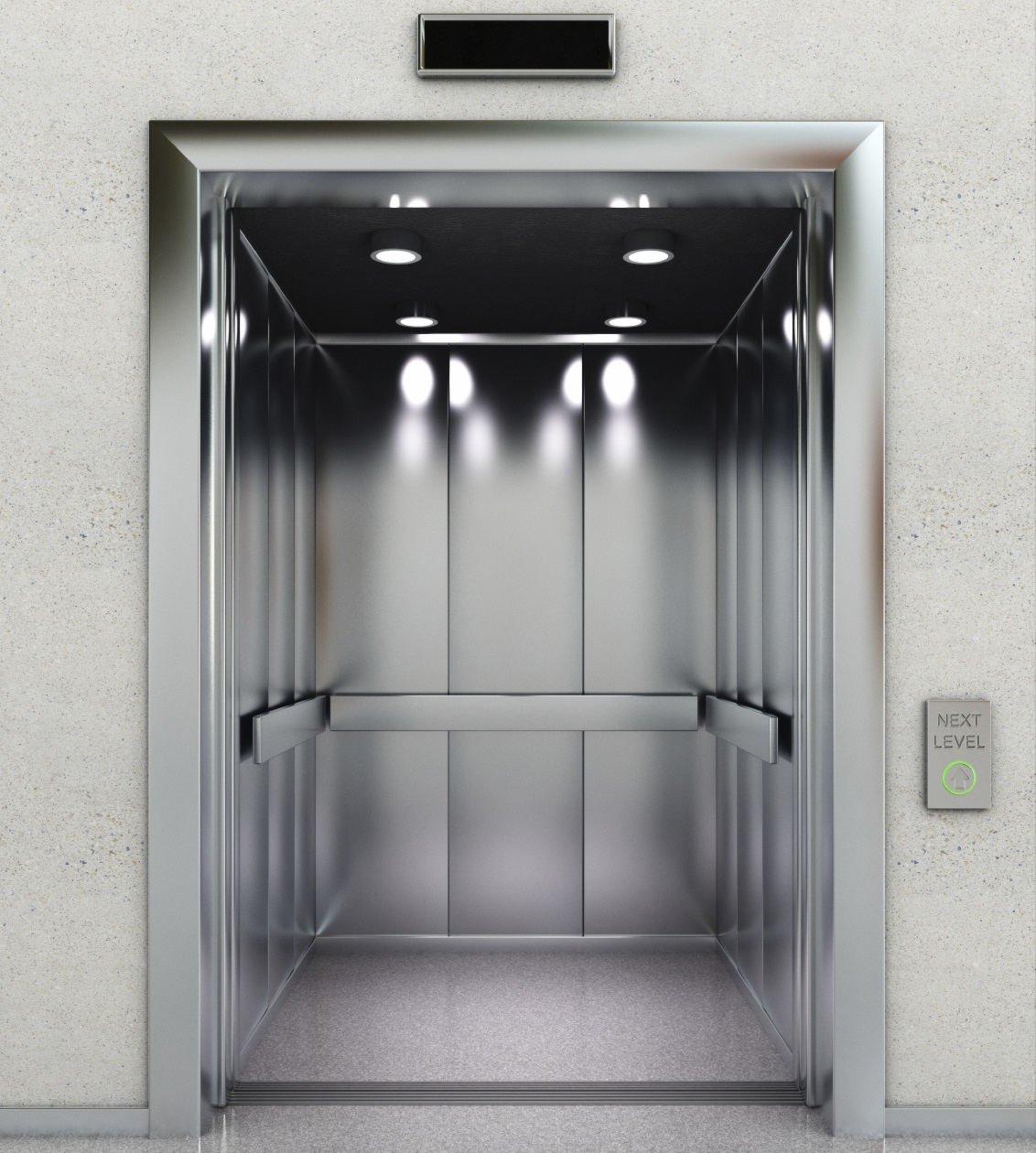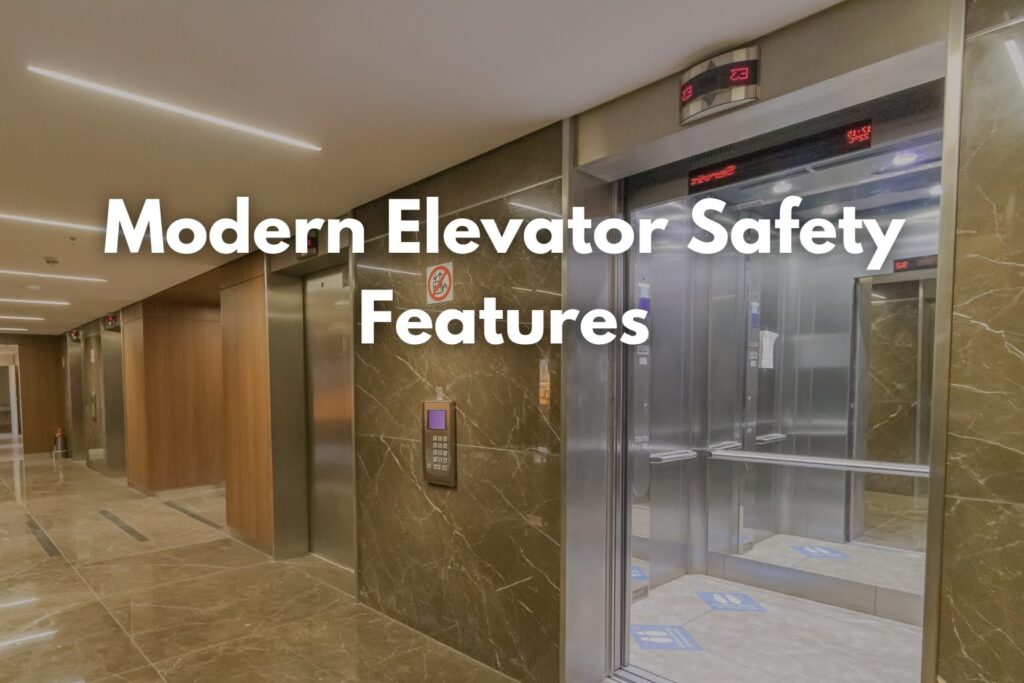Elevator safety has improved greatly over time. Early elevators were basic hoists with few safety features. Today’s high-speed, computer-controlled elevators have advanced safety systems to protect passengers.
Key innovations include emergency brakes, door sensors, and speed governors. These and other safety features work together to make modern elevator travel safe and reliable. This article explores the key safety technologies that allow elevators to operate smoothly.
Overspeed Governor
The Overspeed Governor is a key safety device in elevators. Think of it as a speed watchman, always keeping an eye on how fast the elevator is moving. Its main job is to make sure the elevator doesn’t go too fast, especially more than 10% over its top allowed speed. If the elevator speeds up too much, the governor steps in to slow things down. It does this by turning off the motor’s power, which naturally slows the elevator.
But what if something really serious happens, like the elevator starting to fall freely? In these scary situations, the Governor has a special part called a tripping assembly. This part jumps into action and quickly puts on the elevator’s brakes. These brakes are strong and can stop the elevator quickly, keeping everyone inside safe from a dangerous drop.
Overload Sensor: Ensuring Safe Load Limits
Every elevator is built to handle a certain amount of weight, and it’s crucial not to exceed this limit. This is where the Overload Sensor comes in. Think of it as a scale that constantly checks how heavy the load in the elevator is. Its main job is to make sure the elevator isn’t carrying more weight than it should. When the load gets too heavy, the sensor sets off an alarm and stops the elevator from moving.
This prevents the elevator from being used when it’s not safe because of too much weight. Not only does this keep passengers safe, but it also helps the elevator last longer. When an elevator carries too much weight, it can wear out quickly. So, the Overload Sensor helps by making sure the elevator doesn’t work too hard.
In order to ensure these systems are correctly installed and maintained, the services of an expert elevator modernization company are often sought. These companies specialize in equipping elevators with accurate and reliable overload sensors. This not only keeps passengers safe but also extends the lifespan of the elevator by preventing excessive wear and tear due to overloading.
Photocell Sensors
Photocell Sensors are a key safety feature in elevators, but what are they, and how do they work? Let’s break it down simply. These sensors are found between the elevators inside the cabin and the doors on each floor. They create something like an invisible barrier made of light, which we call a “light curtain.”
What does this light curtain do? It’s always watching for anything that comes in the way of the elevator doors. If someone, or even something small, breaks through this invisible light barrier, the sensors catch this right away. When this happens, the elevator doors will stay open. They won’t close if something or someone is in the doorway.
Why is this important? It helps prevent accidents. Imagine you’re walking into or out of the elevator, and you’re still in the doorway. Thanks to these sensors, the doors won’t close on you. This keeps everyone safe from getting hurt by the doors closing too soon. It also means people can enter and leave the elevator calmly without having to hurry.
In short, these sensors are like silent guardians. Whether it’s a person, a child’s hand, or a suitcase, they make sure the elevator doors close only when everyone is safely inside or outside. This feature is a crucial part of making elevators safe and comfortable for everyone.
Door Lock Safety Switches
To make sure every elevator ride is safe from start to finish, Door Lock Safety Switches play a crucial role. These switches act as a safety check. They make sure the elevator only moves when all its doors are fully and securely closed. This is really important because if an elevator were to move with any door still open, it could be very dangerous.
Think of these switches like a smart guard. They check each door before the elevator can move. This way, they prevent accidents and make sure everyone starts and ends their ride safely. These switches are a key part of the elevator’s safety system, acting like a green light that only lets the elevator go when everything is safe and secure.
Limit Switch
The Limit Switch in an elevator acts like a watchful guardian, ensuring that the elevator stays within its safe operating area. Simply put, it stops the elevator from going too high or too low in the shaft. This is incredibly important for preventing the elevator from hitting the top or bottom of the shaft, which could be dangerous.
Think of the Limit Switch as a built-in safety feature that automatically stops the elevator if it goes beyond where it’s supposed to. This helps avoid accidents and keeps passengers safe. This switch is a key part of the elevator’s safety system, making sure every ride is smooth and secure from start to finish.
UPS or ARD Devices
In situations where there’s a power failure, two systems in modern elevators become crucial: the UPS (Uninterruptible Power Supply) and the ARD (Automatic Rescue Device). Think of these as emergency backup systems. When the main power supply is disrupted, these devices kick in. They are powered by batteries, designed to spring into action immediately when needed. Their main job is to make sure the elevator doesn’t get stuck between floors.
Instead, the UPS or ARD smoothly guides the elevator to the closest floor. Once there, it ensures the doors open, allowing everyone inside to exit safely. This is especially important in tall buildings, where getting people out quickly and without panic during a power outage is a top priority. These systems are all about safety and reassurance, making sure that even in the dark, you’re not left hanging in an elevator.

Fire Safety Features
Ensuring safety during a fire is a critical aspect of modern elevator design. These elevators incorporate materials that resist fire, helping to slow the spread of flames and smoke. Additionally, they follow strict fire safety rules. When a fire breaks out, the elevator’s usual operations stop automatically.
This is to prevent the elevator from becoming a danger in these situations. Instead, the system activates emergency protocols to help people leave the building safely. These measures greatly lower the risks during fires, making sure elevators are part of the solution, not the problem, in emergencies.
Conclusion
In conclusion, elevators today are extremely safe thanks to modern safety features. Emergency brakes, door sensors, and speed control systems help prevent accidents and injuries. As technology improves, elevators will become even safer. The future of elevator design is focused on both faster transportation and enhanced safety through technological innovation. With continuing advancement, every elevator ride will be as safe and comfortable as possible.






